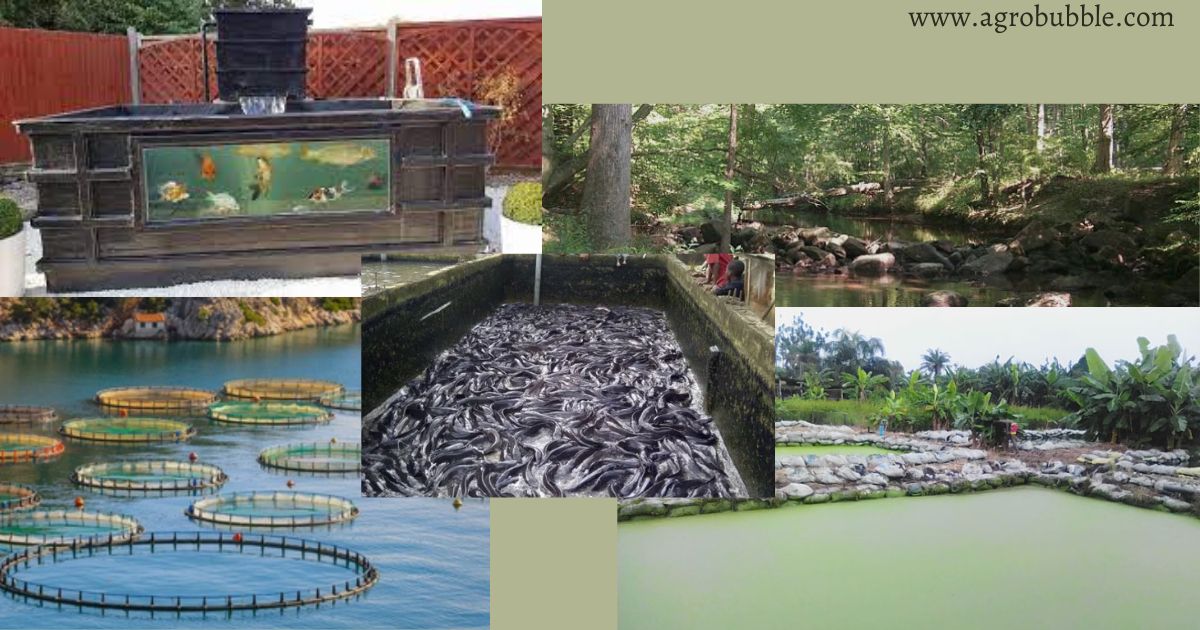Unconventional Knowledge About Millet That You Can’t Learn From Books.
Millet is a cereal crop in agriculture with a multi-purpose advantage that will be of help to humanity. In this article, you will learn the importance of Millet, its Site and Land Preparation, its improved Varieties, the possible planting date, time and methods, water and weed managements and so much more to learn in this article that you will be glad you came in here. Make sure you pay close attention to details in this post.
Let’s Proceed…
Millet is a staple food of millions of people in Nigeria especially in the Sudan-sahelian region. It is highly drought-tolerant and gives reasonable yields on infertile sandy soils which would be unsuitable for other cereal crops.
Millet is consumed after processing into flour to make local dishes such as Burabusko, Tuwo, Kunu, Koko or pounded to make Fura and is also widely used in beer making. The straw may be fed to livestock or used for bedding and fuel for cooking.
Millet Site Selection
Millet is not considered as a high valued crop, hence, it is predominantly grown as a rain-feed crop.
It is known to be tolerant of the harsh environmental conditions of northern Nigeria. This means that it gives reasonable yields to areas with rainfall of about 220-800 mm per annum.
It is advisable to select soil that is fertile and well-aerated preferably the sandy loams. It does not tolerate waterlogged conditions or heavy soils.
Also avoid the practice of monoculture by rotating with crops like legumes.
Then select a site with little or no Stria.
Read Also: 9 Simple Guide For You In Extension Approach
Land Preparation for Millet
Like how it is done for all other cereal crops, millet needs well prepared land (tillage), and sowing is done either on ridges or flats. If sown on ridges, the ridge should be made on the furrows and old ridge should be replaced by new ones.
Although tillage, which is the working of the surface soil for bringing about conditions favourable for raising plants, may not be necessary in many of the traditional millet growing in areas where soil is loose and sandy.
The tillage operations require power that may come from manual, animal mechanical and other sources, as well as tools, implements, and equipment as aids to disturb and disrupt the normal state of the soil to a desirable extent necessary.
Millet Improved Variety
The improved varieties of millet includes:-
SOSAT-C88 (LCIC-MV-1)
Supa SOSAT, Ex-Borno (AAMIL-1)
Maiwa Composite (SAMMIL-4)
LCRI-IC 9702
Planting Date, Time and Methods for Millet
It is advisable to clean viable seed which is necessary for good germination and good establishment.
Note that before sowing, a simple germination test is required to check the quality of your seed. The result will help you decide whether you need to increase your seeding rates or obtain new seeds especially when the germination percentage is too slow.
The seeds should be treated with appropriate seed dressing chemicals.
First pour half the quantity of seeds in a guard, pour chemical on the seeds in the guard, then pour the rest of the seeds into the guard, cover the guard and Mic thoroughly. Ensure that the chemical completely coats the seeds.
Where guards are not available, use any other container but make sure that both are properly kept or disposed after use.
For health purposes, ensure that you keep treated seeds out of reach of human beings and livestock.
Your hands should be washed thoroughly immediately after treating the seeds and clothes should be properly washed too after treating the seeds.
Sowing should be done when rain is fully established.
The recommended spacing is 75cm×25cm or 90cm×20cm inter- and intra-row spacing, respectively using a seed rate of 3-5 kg/ hectare and thinned to 2 plants per stand at 2-3 weeks after sowing (WAS).
The optimum depth of sowing in light, medium and heavy soils should be 3-rd, 2-3.5cm and 1.5-2cm, respectively.
Millet Procedure for simple Germination Test.
Material:- Millet seeds, Petridish, cotton wool, water, warmth temperature.
Procedures
Moisten a cotton wool and place in a clean Petri Dish
Count 100 seeds of Millet and place on the moistened cotton wool
Cover the Petri Dish for 24 hours
Place the Petri Dish at between temp (25-35°C)
Partially remove the cover after 24 hours and sprinkle water lightly to avoid saturation of the cotton wool for 3-4 days.
See Also: Terrible facts about what food safety you should never avoid
At 5-6 days, count the number of seeds terminated and divide by 100 to get the percentage germination.
Example:
If out of the 100 seeds contained in the Petri Dish, only 60 seeds germinate, the percentage germination is 60%.
I hope this article is helpful and if followed accurately, will help give you maximum results. For further inquiry or contribution, please use the COMMENT section below.



